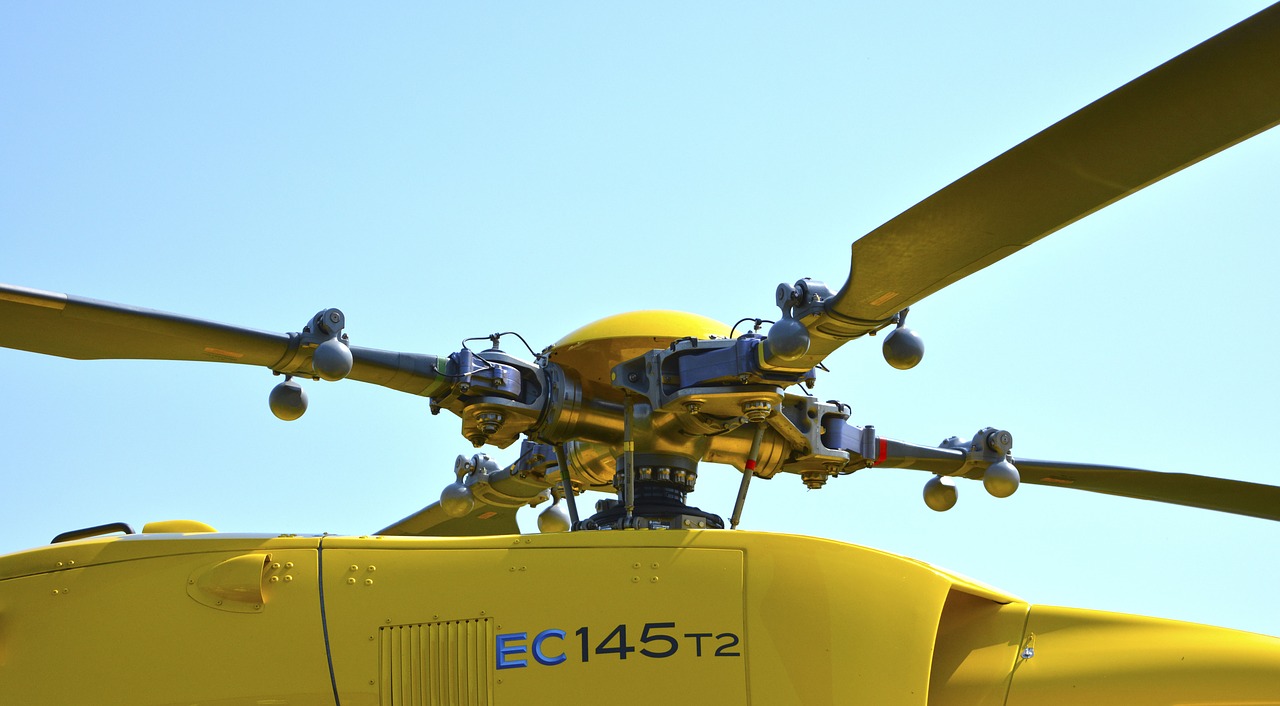This post is also available in:
 עברית (Hebrew)
עברית (Hebrew)
By tweaking the chemistry of a single polymer, researchers at Texas A&M University and the U.S. Army Combat Capabilities Development Command Army Research Laboratory have created a whole family of synthetic materials that are 3-D printable, self-healing, recyclable and they naturally adhere to each other in air or underwater.
Their properties can be fine-tuned to get either the softness of rubber or the strength of load-bearing plastics, they are not just for more realistic prosthetics and soft robotics, but also ideal for broad military applications such as agile platforms for air vehicles and futuristic self-healing aircraft wings and helicopter blades.
Synthetic polymers are made up of long strings of repeating molecular motifs, like beads on a chain. In elastomeric polymers, or elastomers, these long chains are lightly crosslinked, giving the materials a rubbery quality. However, these crosslinks can also be used to make the elastomers more rigid by increasing the number of crosslinks.
The researchers focused their attention on the molecules involved in the crosslinking. First, they chose a parent polymer, called prepolymer, and then chemically studded these prepolymer chains with two types of small crosslinking molecules—furan and maleimide. By increasing the number of these molecules in the prepolymer, they found that they could create materials stiffer. In this way, the hardest material they created was 1,000 times stronger than the softest.
The temperatures at which the crosslinkers dissociate or unclick from the prepolymer chains are relatively the same for different stiffness levels. This property is useful for 3-D printing with these materials. Regardless of whether they are soft or hard, the materials can be melted at the same temperature and then used as printing ink.
As the 3-D part cools to room temperature, the different layers join seamlessly, precluding the need for curing or any other chemical processing. Consequently, the 3-D-printed parts can easily be melted using high heat and then recycled as printing ink.
According to phys.org, the materials are reprogrammable. In other words, after being set into one shape, they can be made to change into a different shape using just heat.
In the future, the researchers plan to increase the functionality of their new materials by amplifying its multifaceted properties outlined in the current study.
The research results were published in the journal Advanced Functional Materials.


























